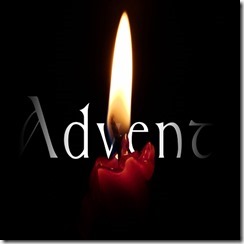 Peter has been journeying with Jesus and has seen people who have faith that Jesus is their only hope. Peter has been witnessing the power of the kingdom of God on others. He has been learning about what the kingdom of God is. He has been learning who Jesus is and what it will take to follow Jesus. Now Jesus gives Peter an opportunity to trust in him and his word. Jesus creates an environment for Peter to experience Jesus in a deeper and new way.
Peter has been journeying with Jesus and has seen people who have faith that Jesus is their only hope. Peter has been witnessing the power of the kingdom of God on others. He has been learning about what the kingdom of God is. He has been learning who Jesus is and what it will take to follow Jesus. Now Jesus gives Peter an opportunity to trust in him and his word. Jesus creates an environment for Peter to experience Jesus in a deeper and new way.
Jesus calls a little huddle among the 12 apostles in Luke 8:40-9:6. Jesus gives Peter and the other disciples power and authority to drive out all demons and to cure disease. Jesus then sends the apostles out to preach the kingdom of God and heal the sick.
Jesus sends Peter out and tells him to take nothing. We know this is to bring about a lesson because later he would tell them they can take things with them as they proclaim the kingdom. The purpose of this sending was more than just proclaiming the kingdom.
On this trip, Peter would go from knowledge of Jesus to experience of Jesus. In this moment, Peter would learn about his need for Jesus as well as the faithfulness of Jesus.
What we really believe about Jesus come out in how we live our life? Do you believe Jesus is good enough?
What we really believe about ourselves will be seen in how we speak of ourselves and live out our life. Peter now has to live out his trust in Jesus as he goes out and trust in who Jesus says he is. Peter’s theology (belief) and faith are put to practical tests. Jesus sends Peter into a lived experience so that he would know Jesus in a new and deeper way.
David Benner shares “true knowing of our self-demands that we know our self as known by God, and true knowing of God demands that we know God not just as an abstraction or as objective data but in and through our lived experience.”
Two questions of reflection:
a)Looking at the circumstance you currently find yourself in, what is God revealing about himself to you? What do you need to accept about him?
b)Looking at the circumstance you currently find yourself in, what are you learning about yourself? How does God see you?
This sending out of the 12 was to proclaim the kingdom of God. However, I think the first priority was the training of the 12. It was a season for them to put into practise what Jesus had revealed to them. It was a season for their life to be transformed.
Transformed lives have a natural way of proclaiming the kingdom that goes beyond oneself.

 The Advent season is one filled with many symbols, but two core symbols dominate.
The Advent season is one filled with many symbols, but two core symbols dominate.